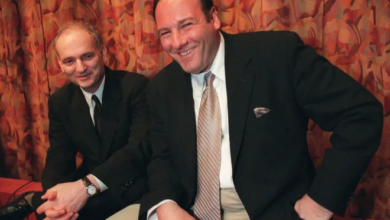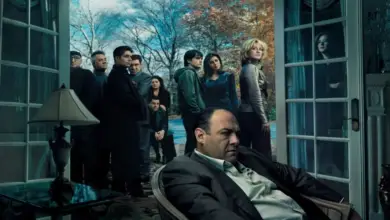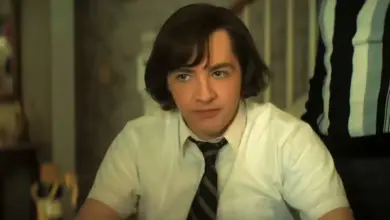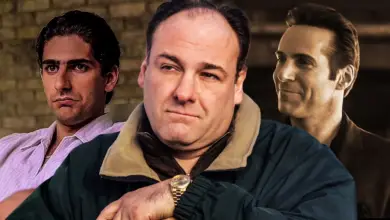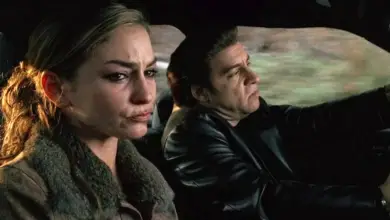How Many Saints Of Newark Sets Up A Sequel
The Many Saints of Newark's period setting and classic David Chase ending leave ample room for future sequels beyond 1999's The Sopranos.

HBO’s The Many Saints of Newark provides an open-ended coda that allows ample room for sequels beyond The Sopranos‘ pre-established early 2000’s setting. The Many Saints of Newark has premiered to decidedly mixed reviews in its inaugural weekend on the streaming platform, with The Sopranos prequel very much existing in the considerable shadow of its celebrated predecessor. While its critical consensus remains split, The Many Saints of Newark does well to expand upon the previously fleeting DiMeo family lore that The Sopranos is built upon.
Set in 1967, The Many Saints of Newark resolves to portray a racially torn New Jersey through the eyes of a young Tony Soprano (Michael Gandolfini) while establishing The Sopranos’ prior canon. The Many Saints of Newark gives a first look at previously ethereal characters such as Dickie Moltisanti (Alessandro Nivola) and Johnny Soprano (Jon Bernthal), as well as gleaning further insight into key Sopranos figures in their prime like Junior Soprano (Corey Stoll).
In this way, The Many Saints of Newark sets up several sequel options for creator David Chase to explore beyond his crown jewel of The Sopranos. The ambiguous, unrestricted final shot of The Many Saints of Newark leaves ample room for new stories to develop, with the most obvious being the continuation of Tony’s rise to power, among others. The period setting of The Many Saints of Newark also provides some 28 years between its climactic events and The Sopranos Tony and Livia-based pilot, further highlighting the room left for other Sopranos narratives to develop in the meantime.
The Many Saints of Newark ends with a shellshocked Tony staring at the body of his beloved uncle, which has already been established as something of a nexus moment for the young Tony. In The Sopranos, Tony often regales Christopher Moltisanti with stories of his legendary father, as well as admitting his love and admiration for the previous DiMeo crime boss, which suggests that exploring Tony’s psyche and growth as a ruthless kingpin in a post-Dickie world would be a natural place to start for a Many Saints of Newark sequel. The transitional period for Tony going from teenager to adult would organically take place in the late 1970s and early 1980s, allowing for additional Sopranos worldbuilding as the DiMeo family reels from the fallout of Dickie’s assassination.
In addition to Tony’s growth as the eventual DiMeo successor, there are many other Sopranos characters whose continued journeys could form the basis of another The Many Saints of Newark-style sequel. DiMeo stalwarts such as Paulie Gualtieri and Silvio Dante still appear miles away from their senior Sopranos versions, while there is surely a rich trove of narrative to mine for Junior Soprano as he deals with the repercussions of his implied assassination of Dickie Moltisanti. Harold’s continued beef with the DiMeos is another unresolved yarn, with his gang-related shooting of Buddha Bonpensiero deserving of comeuppance in future prequel installments. Yet the biggest The Sopranos prequel story yet to be outlined in The Many Saints of Newark continuity is that of Tony Sopranos’ father. Johnny Soprano is long dead of emphysema by the time The Sopranos timeline begins in 1999, but his death, as with Dickie’s, shapes a huge portion of his son’s views on the world and is another important cog in Tony Sopranos’ psyche. In short, the long-awaited Sopranos prequel succeeds as an evocative portrayal of time and place, but there remains a lot of stories untold between The Many Saints of Newark‘s 1971 ending and Tony’s first therapy session with Dr. Melfi in 1999.


